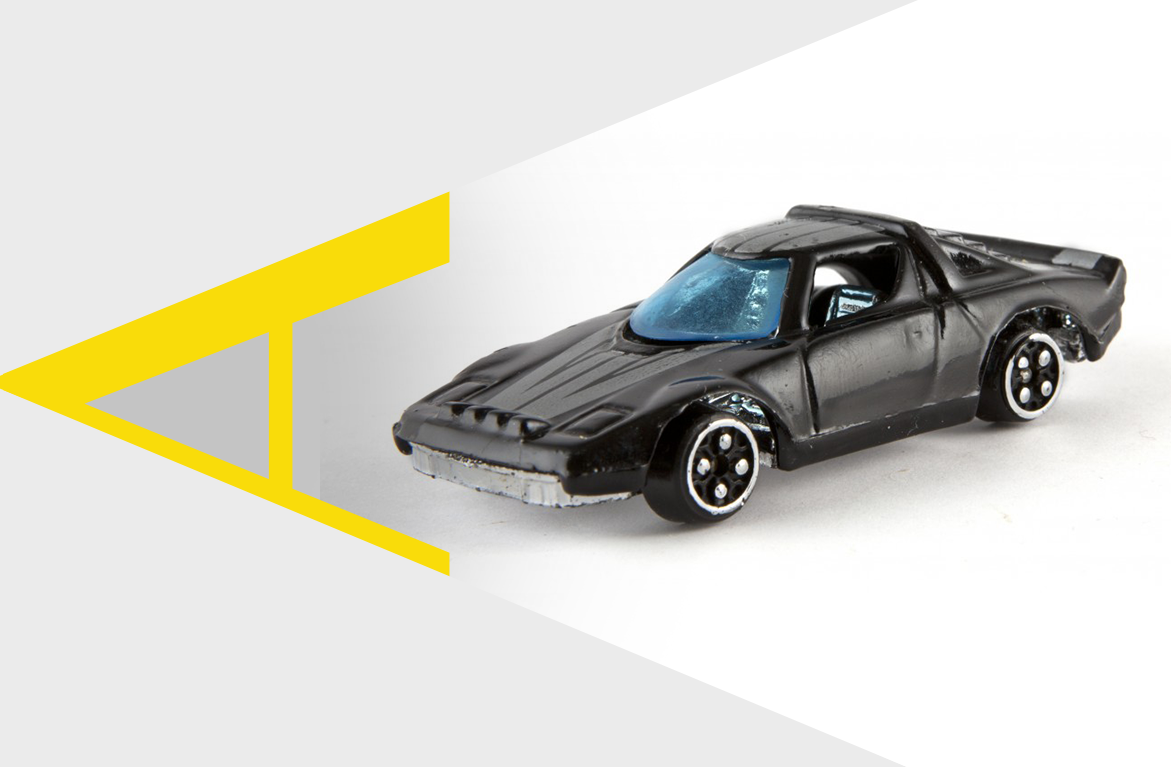04.25.2017
Presentation Summary: UBA Trends Day: Peter Hubbell
Presentation Summary UBA E-Book / UBA Trends Day, Brussels March 16th “Getting Better With Age” by Peter Hubbell
There’s Gold in Marketing to Old
“You don’t have to look far to understand why marketers don’t embrace generations of age like the Baby Boomers. Marketers love “new” and they’re always chasing the next new trend. Being old is anything but new, so it’s not surprising that marketers are ignoring the most valuable trend in business. ”
Peter Hubbell is the founder and CEO of BoomAgers, an agency that’s dedicated to aging consumers. He likes to refer to marketing to age as “The Old Rush” i.e. there’s a significant prospect of wealth in marketing to age and those who are fast enough to get there first will reap the greatest reward.”
Key Points:
Aging is the biggest trend that no one’s paying attention to. There a lot of smart people in our business but they’re choosing to ignore the objectivity of numbers. As they gaze into the future in search of the next new thing, they fail to see what is happening right before their eyes. We live in the Age of Aging and the world is aging at an unprecedented rate. No other trend is doing more to shape the world’s health, human welfare and public policy than the irreversible rate at which the world is aging. In 2010, there were 523 million people over 65; in 2050, there will be over 1.5 billion. For the first time in world history, there are more people over the age of 65 than children under 5. In parts of Europe, there are more walkers and wheelchairs than strollers. And in China, the number of people over 60 is greater than the entire population of Russia.
If you look to the U.S., the Longevity Economy (the sum-total of all economic output associated with the 50+ population) totals an astronomical 7.3 billion dollars. That aging sub-segment of the U.S. economy is greater than any other global country’s total economy with the exception of China; it’s even larger than the total economies of Brazil, Russia and India combined. That’s pretty astonishing, especially when you consider all of the complexity and risk that U.S. businesses take on by expanding into the world’s emerging markets, when they could have simply tapped a massive and underleveraged market space within their own familiar borders.
Everyone’s fixated on the Millennials. Marketers have a deeply ingrained bias to believe that a younger consumer is more valuable than an older one. It’s based on the assumption that if you can win a young consumer, you can enjoy the benefits of their loyalty for a lifetime. Everyone wants to win Millennials but it’s time for a reality check: many have yet to reach their peak earning and spending years and most are a good 5-15 years away. They’re also delaying the critical life stages that have long been the focus of target marketing e.g. first car, marriage, family creation, home ownership, etc.. And, they’re driving the creation of the Access Economy with their preference to share vs. own, a marked difference vs. the Baby Boomers who have been focused on acquisition and ownership of material things.
In summary, there’s no doubt that the Millennials are a big and an important part of the future of marketing, but the future isn’t here yet. If you’re a marketer who’s dedicating 100% of your investment to Millennials, that’s akin to the risky strategy of investing in emerging markets. It’s time to diversify your target priorities until this maturing generation eventually emerges as a power cohort.
Marketing to age is disruptive. Disruption is one of the most prevalent dynamics in the world today, fueled by the rate at which technological change is transforming entire brands and businesses overnight e.g. witness the impact of the Uber app and ride sharing on the traditional taxi industry. If you’re in business today, the threat of disruption is inevitable, so smart companies are anticipating it by “self-disrupting” their business models to get to the future first.
If the aging of the world is equally as inevitable, why aren’t more businesses trying to get out in front of this trend? Because marketing to age is disruptive to the normalcy of marketing to an 18-49 year-old consumer. Normal is easy. It’s what we know and it’s always more comfortable to do what we’ve always done. What’s more, most of today’s business cultures reward the replication of past successes, not the risk associated with doing new things in new ways.
It’s time for businesses to get out of their comfort zone to market to age before the changing demographics of the world transforms their operations. It’s always better to be leading change than to be reacting to the consequences of change inflicted on you.
Take-Aways If you’re marketing to a consumer of age, you need to focus on the dynamic of aging. That’s because aging is a dynamic, and some of the best insights are found when you understand how people manage forces, tensions and changes in their lives. If you’re a marketer, aging is not about biology, it’s about psychology, and the psychology is irrational.
When you ask an older person what aging is, they define it as the future of living. A future characterized by a focus on well-being, joy and growth. By contrast, if you ask a young person what aging is, they describe it as a stage of life marked by decay, decline and eventually death.
This irrational view of aging also explains why older people believe that they’re currently living the best years of their lives and are convinced that they will get even better as they age further. The average Baby Boomer defines old age as 72 – which given that the average mortality age in many countries is 77 – means that they don’t believe they will be “old” until 5 years before they die!
The point here is that the aging consumer has an irrational view of aging. If you want to win their business, you will need to be equally as irrational if you are to truly understand how they think and how they will behave.
If the Boomers are still dreaming, we need to dream too. It’s very clear that they’re focused on the future of living and that they expect to live better lives, longer. They want it both ways – quality of life and a longer life – which I describe as their desire for “Quality of Longevity”. With all of the modern advances of science, and the fact that longevity is getting longer (we’ve added 30 years to life expectancy in the last 100 years) this is not an unreasonable expectation.
If you’re a marketer, you need to remember that the aging consumer target is a moving target. They are experiencing a quality of life and a duration of life that is unprecedented and will actually continue to improve over time. If you ignore them because you think they are old, you are making a static assessment of a consumer whose real life is getting more and more dynamic by the day.
Read more articles



05.13.2017
Young at Heart
In his later years, Teddy Roosevelt went on an ill-advised expedition to the Brazilian equatorial forest to chart the course of the River of Doubt. True to legend, he found great pleasure in the raw adventure and danger of the outing — to the…
